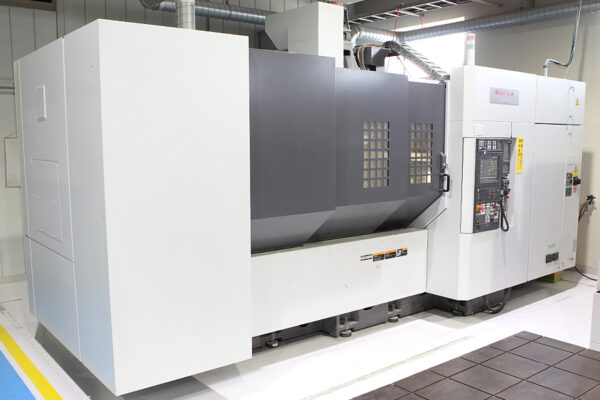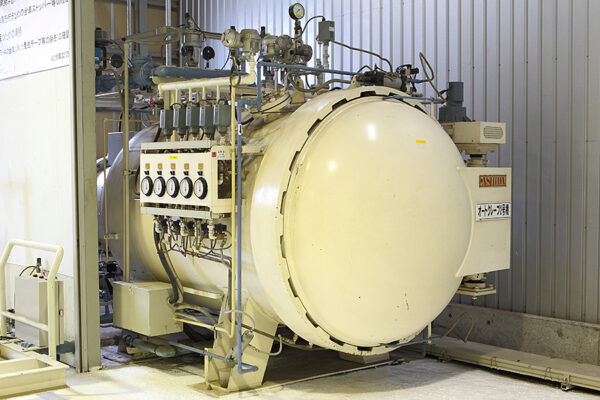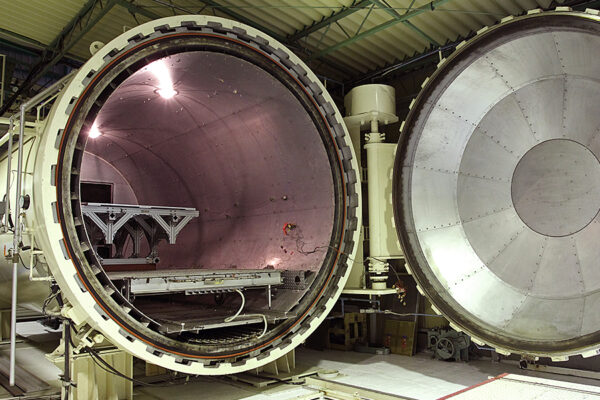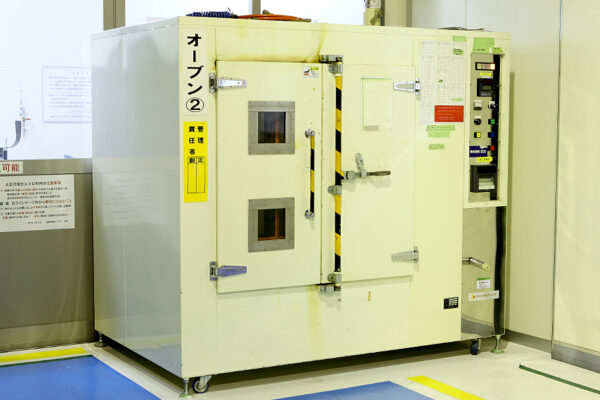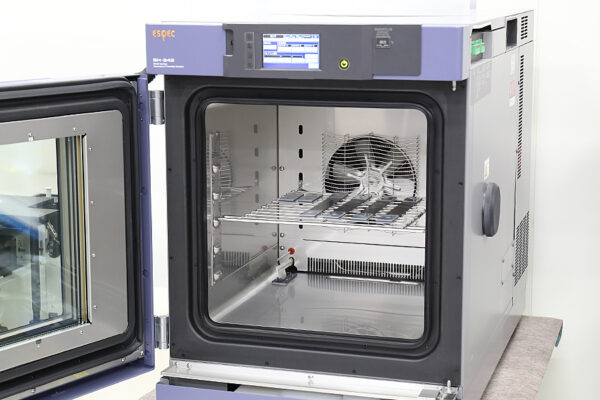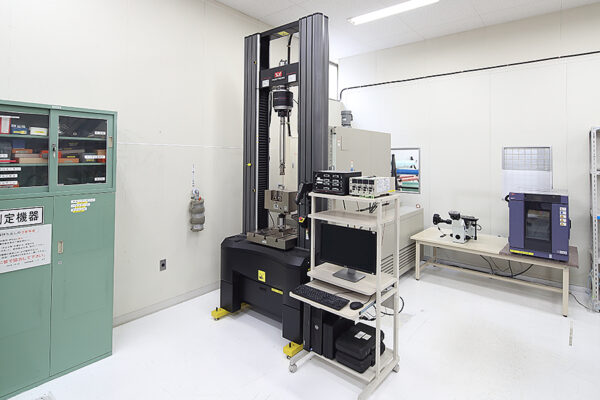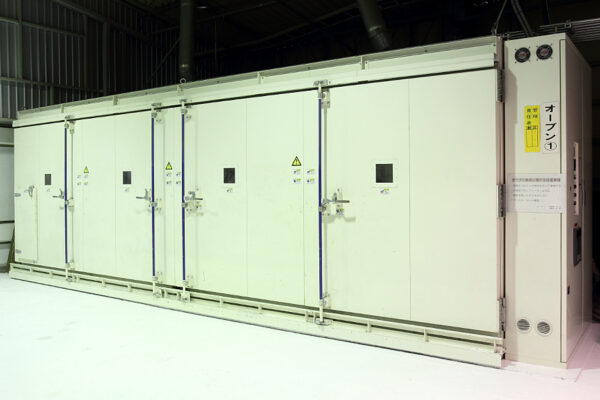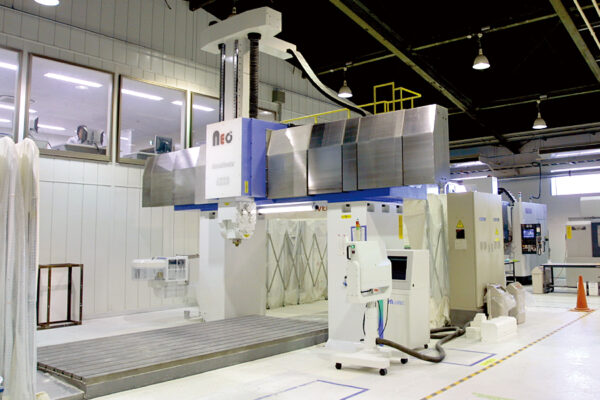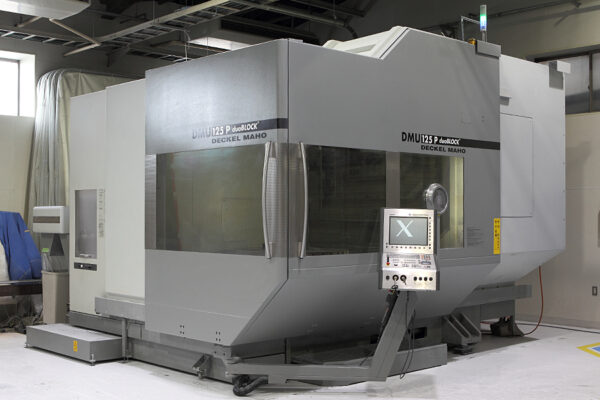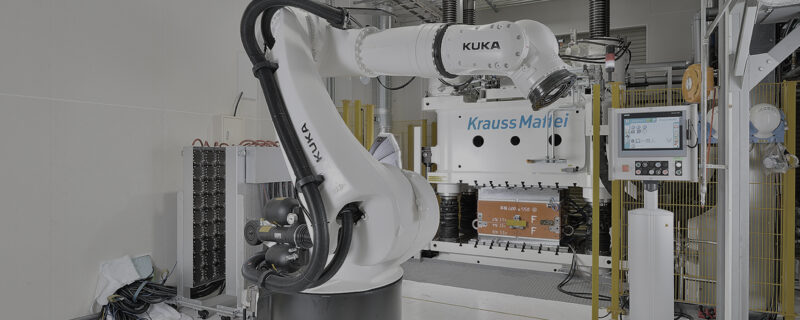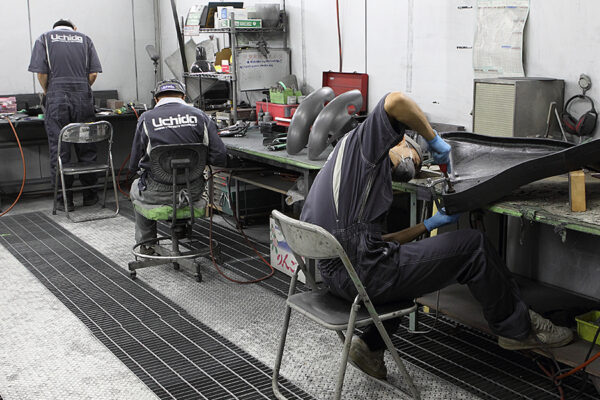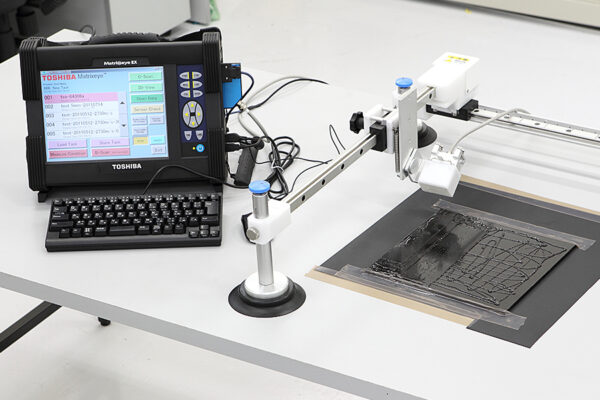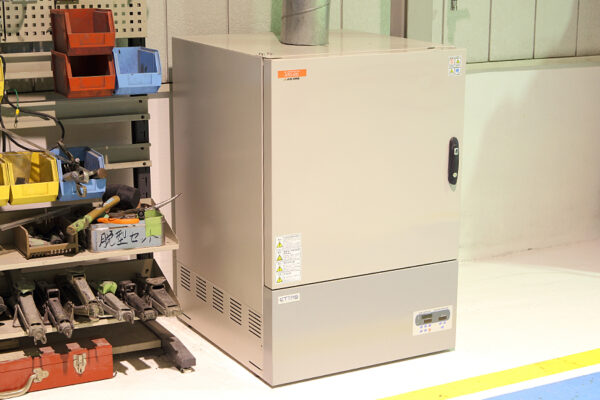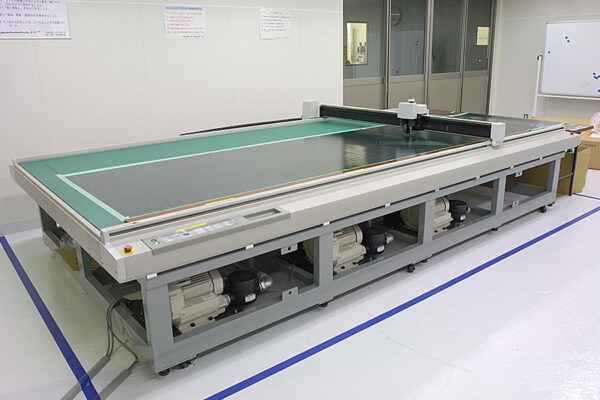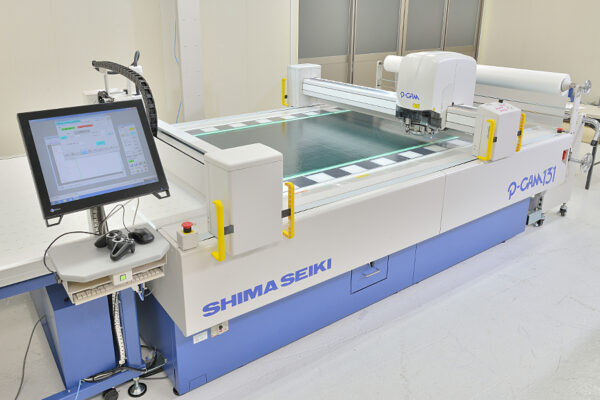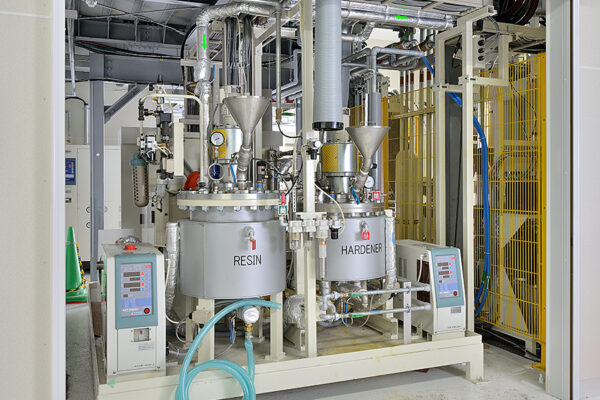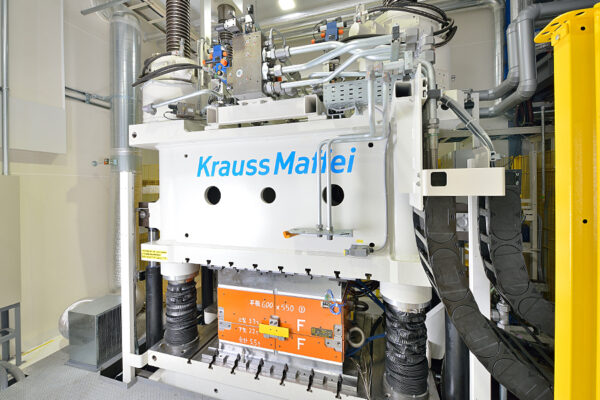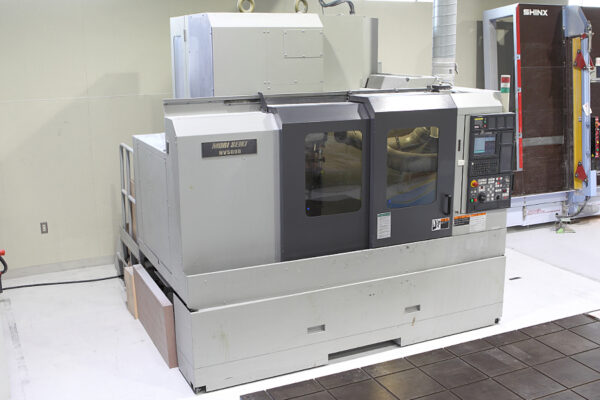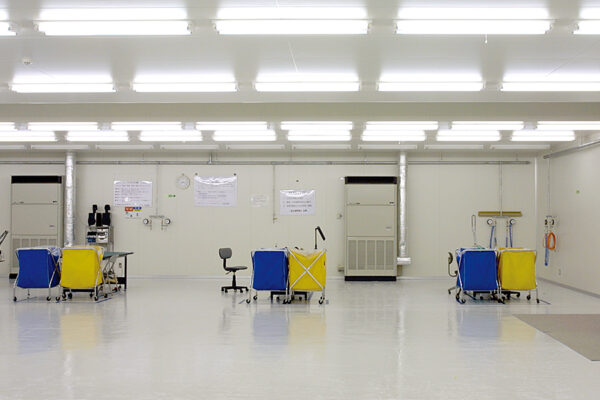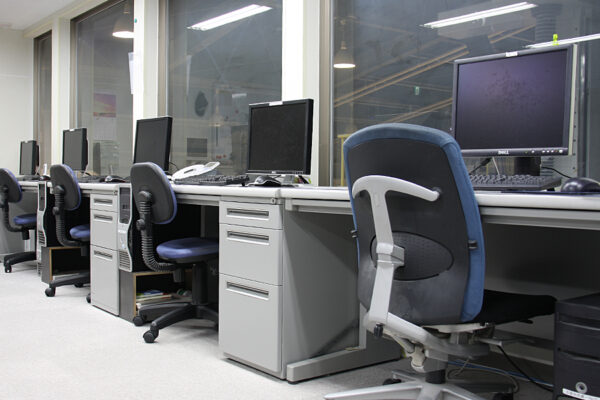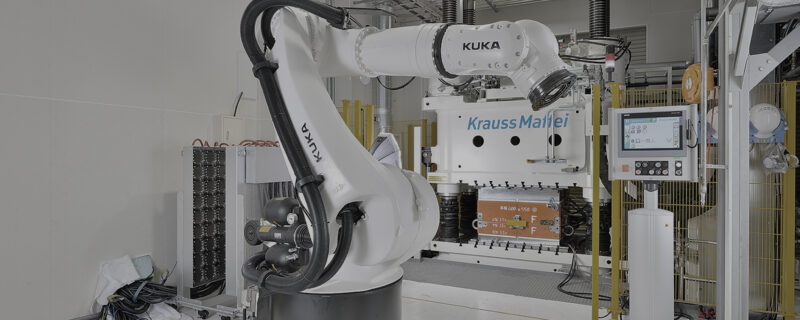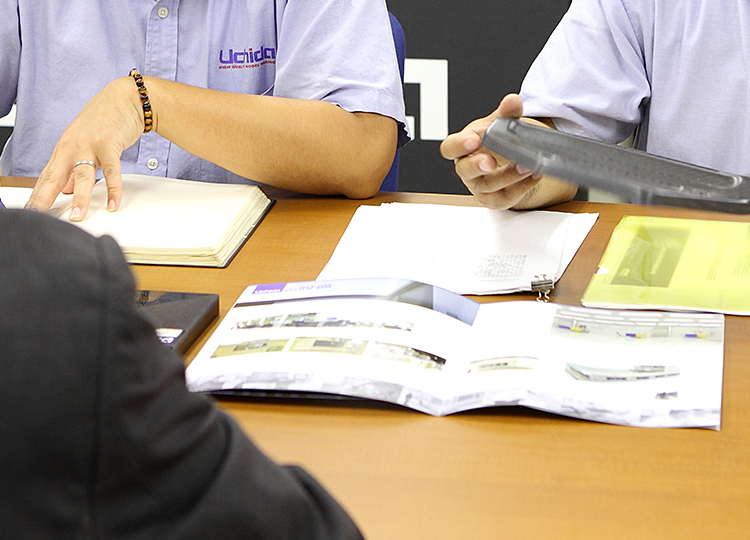Fiber Reinforced Plastic (FRP): What is it?
Fiber Reinforced Plastic (FRP) is the general term given to plastic polymers which are combined with fibers to produce a composite material: any material produced from a combination of two or more different material types. The fiber reinforcements offer unique and strength-enhancing properties not found in pure plastic, making it possible to create structures that are ighter and stronger than those made with plastic alone.
As FRP is generally reinforced with glass fiber it is interchangeably referred to as Glass Fiber Reinforced Plastic or fiberglass. The first letter of the acronym denotes the type of reinforcing fiber used: G refers to glass fibers, C refers to carbon fibers and A stands for aramid fibers.
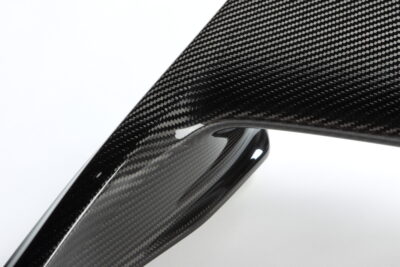
Types of Fiber Reinforced Plastic (FRP)
Fiber reinforced plastics come in a wide range of types depending on the type of fibers and resin matrixes employed.
Main Types of Reinforcing Fibers
FRP (GFRP): Glass Fiber Reinforced Plastic or Fiberglass
Fiber reinforced plastics using glass fibers (GFRP) gained momentum across diverse industries in the 1940s due to favorable production costs. With acclaimed insulative properties, GFRP is commonly used in semi-conductor substrates and household bathtubs.
CFRP: Carbon Fiber Reinforced Plastic
CFRP is widely used in high-end areas such as automobiles and aircrafts, racing components, and sporting equipment due to its superior performance, strength, and elasticity compared to glass fiber. That said, CFRP is more expensive than glass fiber and, therefore, its application is somewhat limited.
AFRP/KFRP: Aramid or Kevlar Fiber Reinforced Plastic
The high strength and tear-resistant properties of AFRP and KFRP have led to widespread application in bulletproof vests and military gloves. When it comes to car racing, while CFRP is commonly used for its lightweight, high-strength advantages, it is often paired with AFRP and KFRP to help prevent secondary damage from flying parts or debris in a car crash.
Other
We may also employ Boron fiber, zylon fiber, or polyethylene fibers according to the demands of application.
In many cases, we use a combination of fibers according to the specifications and required mechanical properties such as strength and rigidity, operating environment, and cost.
The Peak of FRPs: Carbon Fiber Reinforced Plastic (CFRP)
Most FRP applications utilize glass fibers as the reinforcing material, whereas CFRP is a carbon fiber-specific composite. Carbon fiber is a fiber material produced by carbonizing acrylonitrile (PAN) fibers or pitch, a by-product of petroleum, coal, or coal tar and is classified according to the raw materials used: PAN-based carbon fiber for the former, and Pitch-based carbon fiber for the later. The impressive lightweight qualities and superior strength of CFRP makes it the popular material of choice in aviation, automobile, and sporting equipment industries.
Key Characteristics of Carbon Fiber
- One-fourth the specific gravity of iron.
- Ten times the specific strength of iron.
- Seven times the specific modulus of elasticity, compared to iron.
In addition to its renowned “strong, lightweight, and non-corrosive” properties, carbon fiber showcases a range of other features such as X-ray permeability, electrical conductivity, thermal resistance, and low expansion.
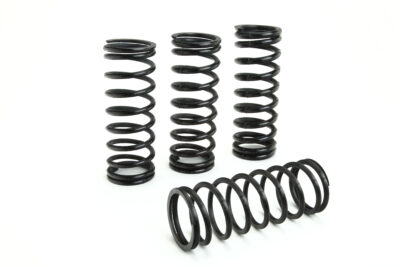
Main Resin Matrixes
Resins used as matrixes come in two major types: thermosetting resins which cure by heating, and thermoplastic resins which melt when heated and harden on cooling.
*Thermosetting resin is like a cookie, whereas thermoplastic resin is like chocolate.
Thermosetting Resins
This category includes epoxy, unsaturated polyester, vinyl ester, bismaleimide (BMI), phenol, cyanate ester, and polyamide resins.
Thermoplastic Resins
PA, PP, TPU, PC, PPS, PEI, PEKK, and PEEK resins.
The choice of resin is based on the environment where the final product will be used, specifications or features, production lot/volume, and budget (cost) of the project.
Summary
This issue overviews the types of fiber reinforced plastic. Fiber reinforced plastic (FRP) fuses the highly moldable resin polymer with reinforced fibers to achieve a strength-enhanced and shapable composite material. We select the appropriate type of fiber and resin based on its unique properties and suitability to the application. In some applications, for example, we will utilize CFRP on the exterior and GFRP on the interior to reduce costs while meeting product requirements.
Hopefully, this has given you a clearer picture of FRP and its various types, so far.
Related useful contents
You can explore related content by clicking on a topic of interest.
ABOUT UCHIDA - 55 years since our founding
We leverage a wealth of technical expertise as a CFRP molding and processing manufacturer using FRP, GFRP, and CFRP materials. We offer a one-stop solution, encompassing design, analysis, manufacturing, secondary processing, assembly, painting, quality assurance, and testing.
UCHIDA's equipment
We have cutting-edge equipment to ensure that we can address even the most advanced challenges of our customers.
Video Library
In the following video, we provide a detailed overview of our manufacturing process. Please feel free to watch and learn more.


